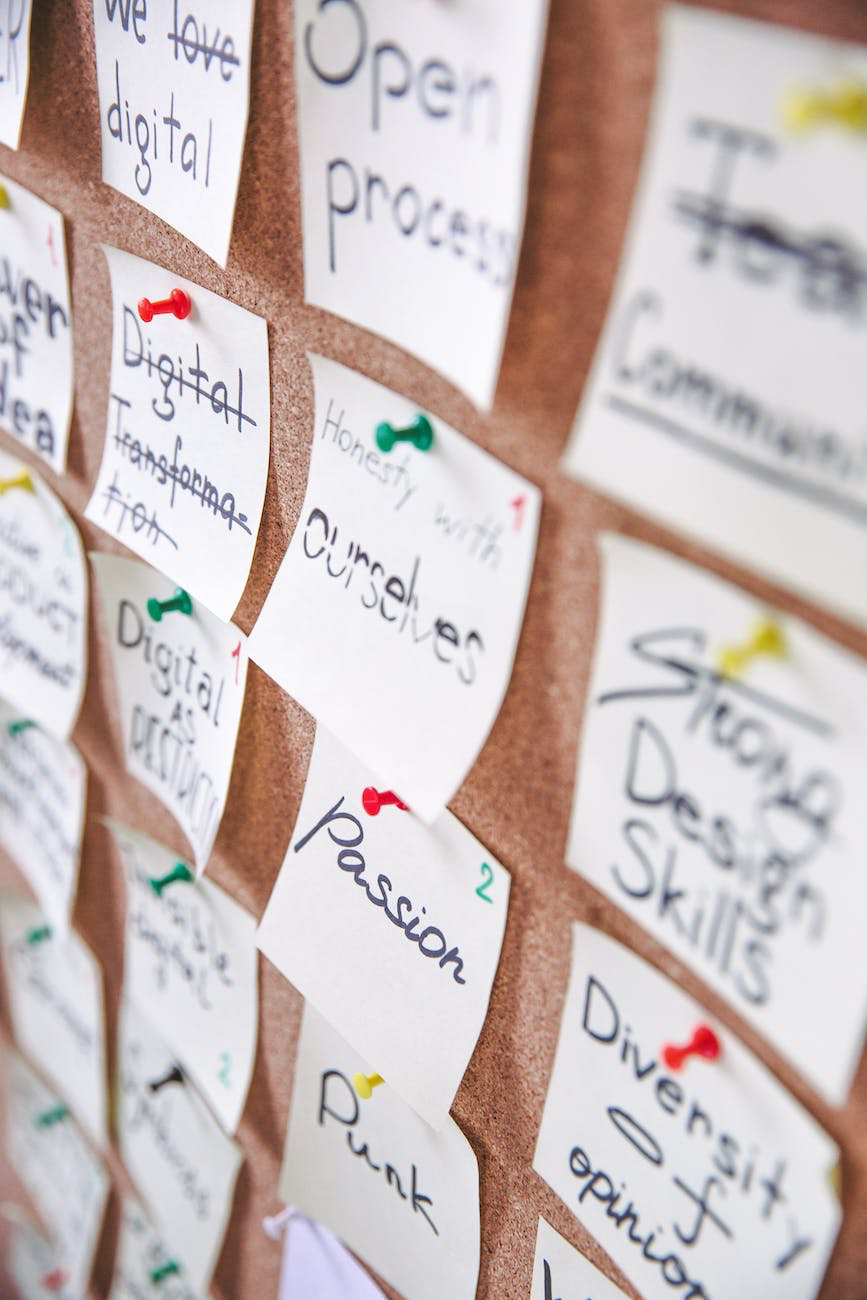In today’s digitally-driven world, our perception shapes our reality. This concept is often illustrated by the metaphor of “living in a bubble,” where individuals are influenced by their own perspectives, experiences, and the information they encounter. With the abundance of information available at our fingertips, distinguishing between accuracy and misinformation has become increasingly challenging. This phenomenon is further exacerbated by the integration of artificial intelligence (AI) and algorithms into our daily lives, presenting both opportunities and pitfalls.
The prevalence of information in the digital age has revolutionized the way we access knowledge. However, the sheer volume of data can be overwhelming, making it difficult to discern credible sources from unreliable ones. Despite efforts to fact-check and verify information, misinformation continues to proliferate, leading to misunderstandings, false beliefs, and even social division.
Moreover, the algorithms that power social media platforms and search engines often tailor content to our preferences, creating echo chambers where we are exposed to information that aligns with our existing views. While this personalized experience can enhance user satisfaction, it also limits exposure to diverse perspectives and fosters confirmation bias.
Artificial intelligence plays a significant role in shaping our online experiences, from personalized recommendations to targeted advertisements. While AI algorithms can streamline processes and improve efficiency, they are not immune to biases inherent in their design or the data they are trained on. This can result in unintended consequences, such as perpetuating stereotypes or reinforcing existing inequalities.
One of the greatest risks associated with the convergence of perception and AI is the potential to fall into information “rabbit holes.” The algorithmic curation of content can lead individuals down a path of increasingly extreme or polarized viewpoints, amplifying ideological divides and undermining critical thinking.
Despite these challenges, there are strategies individuals can employ to navigate the perception bubble more effectively. Cultivating media literacy skills, such as fact-checking and source verification, can help distinguish between reliable information and misinformation. Additionally, diversifying the sources of information we consume and actively seeking out opposing viewpoints can broaden our perspectives and mitigate the influence of algorithmic bias.
On a broader scale, there is a growing recognition of the need for greater transparency and accountability in the development and deployment of AI algorithms. Initiatives aimed at promoting algorithmic fairness and mitigating bias are essential to ensuring that AI systems serve the common good rather than perpetuating harm.
In conclusion, the interconnectedness of perception, information, and artificial intelligence underscores the importance of critical thinking and informed decision-making in the digital age. By acknowledging the limitations of our own perspectives and actively seeking out diverse viewpoints, we can better navigate the complexities of the modern information landscape and strive for a more informed and inclusive society.

